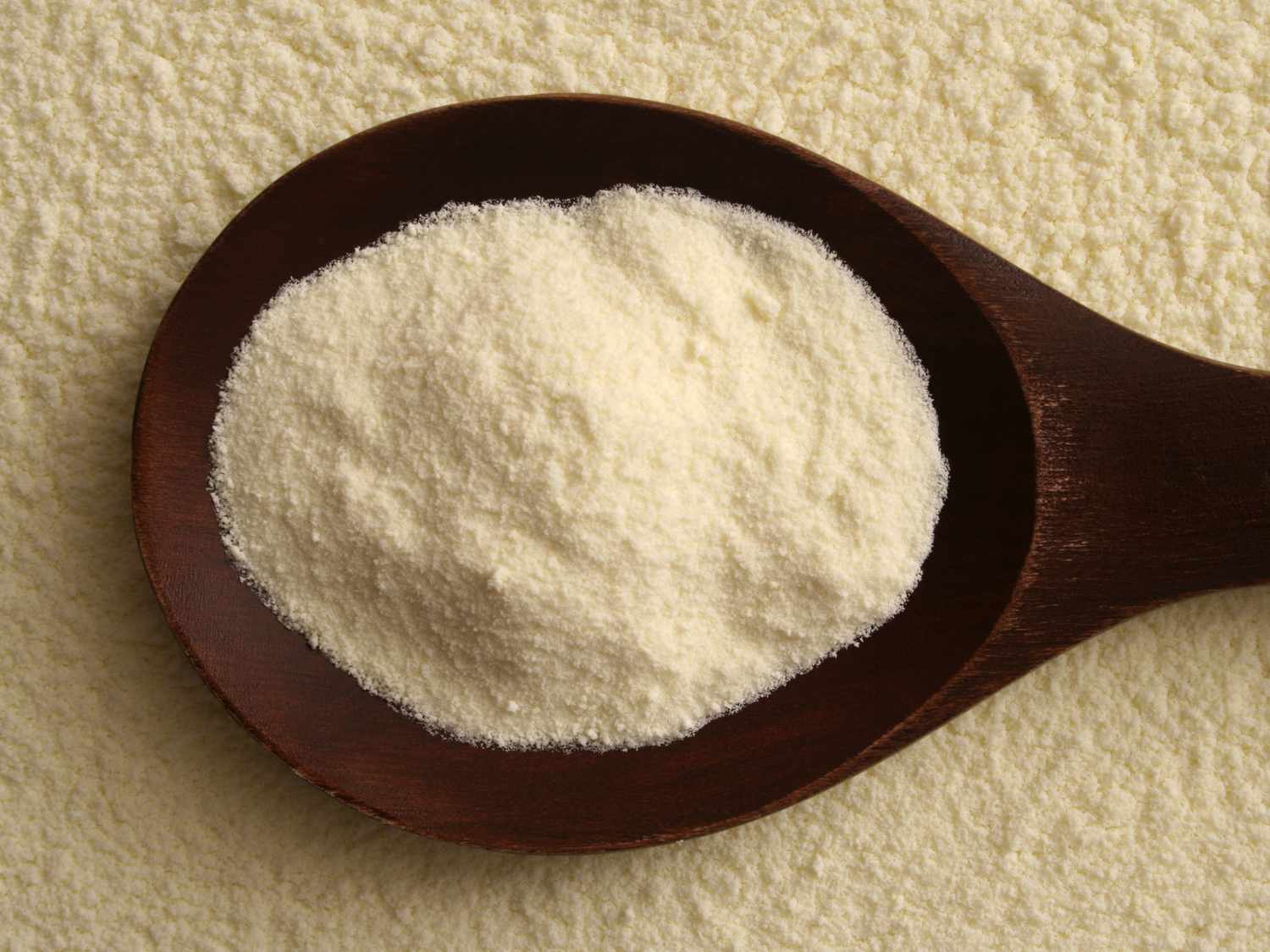

Articles
How To Store Powdered Milk
Modified: December 7, 2023
Discover the best methods for storing powdered milk with our informative articles. Learn how to keep your powdered milk fresh and delicious for longer.
(Many of the links in this article redirect to a specific reviewed product. Your purchase of these products through affiliate links helps to generate commission for Storables.com, at no extra cost. Learn more)
Introduction
When it comes to storing food for long-term use, powdered milk is a convenient and versatile choice. Whether you use it for baking, cooking, or as a standalone beverage, having powdered milk on hand can be a lifesaver in times of emergency or when fresh milk is not readily available.
But how do you ensure that your powdered milk stays fresh and retains its nutritional value over an extended period of time? In this article, we will explore the best ways to store powdered milk to maximize its shelf life and maintain its quality.
Proper storage is essential for maintaining the taste, texture, and nutritional value of powdered milk. Exposure to moisture, heat, and light can degrade its quality, leading to rancidity and loss of nutrients. By following the tips and guidelines outlined here, you can protect your powdered milk investment and ensure that it stays fresh for as long as possible.
Whether you’re stockpiling powdered milk for emergency preparedness or simply looking to extend its shelf life for everyday use, read on to discover the best methods for storing powdered milk.
Key Takeaways:
- Properly storing powdered milk is crucial for maintaining its quality and nutritional value. Choose the right container, store in a cool, dark place, and monitor for spoilage to ensure long-lasting freshness.
- Whether in the pantry, refrigerator, or freezer, follow proper storage guidelines to maximize the shelf life of powdered milk. Regularly check for spoilage indicators and adhere to recommended consumption periods for optimal quality.
Read more: How To Store Powdered Milk After Opening
Why Store Powdered Milk
There are several reasons why storing powdered milk is a practical and beneficial option. Here are some of the key reasons to consider:
- Long Shelf Life: One of the primary advantages of powdered milk is its long shelf life. Properly stored powdered milk can last up to 2 years or even longer, depending on the packaging and storage conditions. This makes it an excellent choice for emergency preparedness, outdoor adventures, or situations where fresh milk may not be readily available.
- Nutritional Value: Powdered milk retains a significant portion of the nutrients found in fresh milk, making it a good source of calcium, protein, and other essential vitamins and minerals. This makes it a valuable asset in maintaining a balanced diet, especially in times when fresh milk is not accessible.
- Convenience and Versatility: Powdered milk is incredibly versatile and can be used in a wide range of culinary applications. From adding it to recipes for baked goods, soups, and sauces to simply reconstituting it with water for a refreshing glass of milk, powdered milk offers convenience and flexibility in your cooking and meal preparation.
- Cost-Effective: Powdered milk is often more cost-effective than fresh milk, especially if you purchase it in bulk or during sales. By storing powdered milk, you can take advantage of discounts or special offers and save money in the long run.
- No Refrigeration Required: Unlike fresh milk, which requires refrigeration to prevent spoilage, powdered milk can be stored at room temperature, saving valuable refrigerator space. This makes it an excellent option for those with limited storage or living in areas where reliable refrigeration may be a challenge.
- Emergency Preparedness: Powdered milk is a staple in emergency preparedness kits and food storage plans. It provides a valuable source of nutrition during times of crisis, natural disasters, or when access to fresh food is limited. By having powdered milk on hand, you can ensure that you and your family have a reliable source of sustenance when faced with unforeseen circumstances.
Considering these benefits, it’s clear why storing powdered milk is a smart choice. It offers convenience, longevity, and nutritional value, making it an essential item to include in your pantry or emergency food supply.
Choosing the Right Storage Container
When it comes to storing powdered milk, selecting the right container is crucial for preserving its quality and extending its shelf life. Here are some factors to consider when choosing a storage container:
- Airtight: The container you choose should be airtight to prevent moisture, air, and insects from entering and spoiling the powdered milk. Look for containers with tight-fitting lids or seals that create a secure barrier against outside elements.
- Opaque: Powdered milk is light-sensitive and can deteriorate when exposed to direct sunlight or artificial light. Opt for an opaque container that blocks out light, such as a sturdy plastic or metal container, to protect the powdered milk from light exposure.
- Durable: Choose a container that is sturdy and durable to withstand any potential impacts or accidents. Glass jars, metal cans, or food-grade plastic containers are all suitable options that can withstand the rigors of storage.
- Appropriate Size: Consider the quantity of powdered milk you need to store and choose a container that can comfortably accommodate that amount. It’s better to have multiple smaller containers than one large container, as opening the entire supply each time can increase the risk of moisture and air exposure.
- Labeling: Properly label your storage container with the date of storage to ensure you rotate your supply and use the oldest powdered milk first. This helps maintain freshness and prevents any unused milk from going to waste.
- Easily Accessible: Make sure the container you choose allows for easy access to the powdered milk. This will make it convenient for scooping out the desired amount and minimize any unnecessary exposure to air or moisture while retrieving the milk.
By considering these factors, you can select the right storage container that will safeguard your powdered milk, maintaining its quality and extending its shelf life.
Preparing the Powdered Milk for Storage
Before storing powdered milk, it’s important to properly prepare it to ensure optimal freshness and longevity. Here are the steps to follow:
- Choose High-Quality Powdered Milk: Start with high-quality powdered milk from a reputable brand. Check the expiration date and ensure that the packaging is intact and free from any damage.
- Transfer to Airtight Container: If the powdered milk comes in a cardboard box or a bag with a resealable closure, it’s best to transfer it to an airtight container. This will provide better protection against moisture, air, and pests.
- Remove Excess Air: When transferring the powdered milk to the storage container, try to remove as much excess air as possible. This will help prevent oxidation and maintain the quality of the milk.
- Seal Properly: Ensure that the container is tightly sealed to create an airtight environment. Check the lid, closure, or seal to make sure there is a secure barrier that prevents any air from entering or escaping.
- Label and Date: Label the container with the contents (powdered milk) and the date of storage. This will help you keep track of the freshness and rotate your supply effectively.
- Store in a Cool, Dark Place: Find a cool, dark spot in your pantry, cupboard, or storage area to store the powdered milk. Avoid placing it near heat sources or in areas with high humidity, as these conditions can degrade the quality of the milk.
By following these steps, you can ensure that your powdered milk is well-prepared for storage, maintaining its freshness and nutritional value for an extended period of time.
Storing Powdered Milk in the Pantry or Cupboard
The pantry or cupboard is a common storage area for powdered milk, as it offers a convenient and accessible location. Here are some tips for storing powdered milk in the pantry or cupboard:
- Select the Right Spot: Choose a cool and dry area in your pantry or cupboard to store the powdered milk. It should be away from direct sunlight, heat sources, and areas of high humidity.
- Keep Away from Strong Odors: Powdered milk can absorb odors, so it’s best to avoid storing it near strong-smelling foods or spices. Keep it in a separate section or use airtight containers to minimize the risk of flavor contamination.
- Arrange Properly: Organize the powdered milk containers in a way that allows for easy access and visibility. Consider using shelves, baskets, or clear storage containers to keep things organized and prevent the milk from getting crushed or damaged.
- Monitor Temperature Changes: Check the temperature of the pantry or cupboard periodically to ensure it remains stable. Extreme fluctuations in temperature can affect the quality of the powdered milk, so it’s important to maintain a consistently cool environment.
- Rotate Stock: Practice FIFO (First In, First Out) to ensure that you use the oldest powdered milk first. This helps prevent expiration and ensures that you always have fresh milk available.
By following these guidelines, you can effectively store powdered milk in your pantry or cupboard, ensuring that it remains fresh and ready for use whenever you need it.
Store powdered milk in an airtight container in a cool, dry place, away from direct sunlight and strong odors. This will help maintain its quality and extend its shelf life.
Read more: How To Store Turmeric Powder
Storing Powdered Milk in the Refrigerator
While powdered milk is commonly stored at room temperature, it is also possible to store it in the refrigerator if you prefer to keep it chilled or want to extend its shelf life. Here are some tips for storing powdered milk in the refrigerator:
- Use Airtight Containers: Transfer the powdered milk to airtight containers before placing them in the refrigerator. This will help preserve its quality and prevent any odors from seeping in.
- Choose a Cold Spot: Find a spot in your refrigerator where the temperature remains consistent and cool. Ideally, this would be in the main compartment, away from the door or freezer area.
- Label and Date: Make sure to label the containers with the type of milk and the date of storage. This will help you keep track of freshness and ensure that you rotate your stock effectively.
- Prevent Moisture: Moisture can degrade the quality of powdered milk. To prevent moisture buildup in the containers, ensure they are properly sealed and avoid placing them near fruits or vegetables that release moisture.
- Monitor Temperature: Check the temperature of your refrigerator regularly to ensure it remains within the recommended range for storing powdered milk. It should be set between 35°F (2°C) and 40°F (4°C) to maintain the freshness and quality of the milk.
- Keep Away from Strong Odors: Just like in the pantry or cupboard, avoid storing powdered milk near strong-smelling foods or items in the refrigerator to prevent flavor contamination.
Storing powdered milk in the refrigerator can help extend its shelf life and provide a chilled option for those who prefer their milk cold. By following these tips, you can ensure that your powdered milk remains fresh and ready for use when stored in the refrigerator.
Storing Powdered Milk in the Freezer
While powdered milk is typically stored at room temperature, freezing it can be a viable option for extending its shelf life even further. Freezing powdered milk helps to preserve its quality and prevents degradation over time. Here’s a guide on how to store powdered milk in the freezer:
- Choose Freezer-Safe Containers: Transfer the powdered milk to freezer-safe containers before placing them in the freezer. Glass jars, rigid plastic containers, or freezer bags are suitable options. Ensure that the containers are airtight to prevent moisture and freezer burn.
- Divide into Small Portions: Consider dividing the powdered milk into smaller portions before freezing. This way, you can thaw only what you need without exposing the entire supply to air and moisture each time you open the container.
- Label and Date: Label the containers with the type of milk and the date of storage. This will help you track the freshness and ensure that you use the oldest milk first.
- Remove Excess Air: Before sealing the containers, squeeze out any excess air to minimize the chances of freezer burn and oxidation.
- Place in the Back of the Freezer: Store the powdered milk containers in the back of the freezer, away from the door where temperature fluctuations can occur. This ensures a more stable and consistent cold environment.
- Thawing and Usage: When you need to use the powdered milk, take out the desired portion and allow it to thaw at room temperature. Once thawed, use the milk as you normally would.
By following these guidelines, you can effectively store powdered milk in the freezer, maintaining its quality and extending its shelf life. It is important to note that freezing may slightly alter the texture of the powdered milk, but it will not affect its nutritional value or overall usability.
Remember that once powdered milk is thawed, it should not be refrozen. Be sure to store any unused portion in the refrigerator for short-term use and consume it within a reasonable timeframe to maintain its freshness.
Tips for Extending the Shelf Life of Powdered Milk
To maximize the shelf life of powdered milk and maintain its quality over an extended period of time, consider the following tips:
- Choose High-Quality Brands: Opt for high-quality powdered milk from reputable brands. They are more likely to undergo proper production and packaging processes, ensuring the milk’s longevity.
- Store in a Cool and Dry Environment: Keep powdered milk in a cool, dry place away from direct sunlight, heat sources, and areas of high humidity. Stable temperature conditions are essential for preserving the quality of the milk.
- Use Airtight Containers: Store powdered milk in airtight containers to protect it from moisture, air, and pests. Consider using canisters, jars, or food-grade plastic containers with tight-sealing lids to maintain optimal freshness.
- Avoid Clumping: Moisture can cause powdered milk to clump and become unusable. Use moisture absorbers, such as silica gel packets, to keep the container dry and prevent clumping.
- Rotate Stock: Practice FIFO (First In, First Out) to ensure that you use the oldest powdered milk first. This prevents the milk from sitting unused for too long and ensures that you always have fresh milk available.
- Limit Exposure to Air: Oxygen can cause powdered milk to deteriorate more rapidly. Keep the containers tightly sealed when not in use to minimize air exposure. This will help preserve the flavor, texture, and nutrient content of the milk.
- Avoid Contamination: Keep powdered milk away from strong-smelling foods or chemicals that can transfer odors or flavors. Store it separately or use airtight containers to prevent any contamination.
- Monitor for Spoilage: Periodically check the powdered milk for signs of spoilage, such as foul odors, discoloration, or clumping. If any of these indicators are present, discard the milk to avoid any risk of consuming spoiled product.
- Follow Proper Preparation Guidelines: When reconstituting powdered milk, follow the manufacturer’s instructions for the correct water-to-powder ratio. Improper preparation can lead to spoilage or diminished flavor.
- Consume Within the Recommended Timeframe: While powdered milk has a long shelf life, it is still recommended to consume it within a certain time frame to maintain optimal quality. Check the packaging or manufacturer’s guidelines for the recommended consumption period after opening.
By implementing these tips, you can significantly extend the shelf life of powdered milk and ensure that it maintains its freshness, flavor, and nutritional value for an extended period of time.
Checking for Spoilage
To ensure the safety and quality of your powdered milk, it’s important to periodically check for signs of spoilage. Here are some indicators to look for when checking for spoilage:
- Foul Odors: If your powdered milk emits a foul or rancid odor, it is likely spoiled. This can be an indication of bacterial growth or oxidation, and the milk should not be consumed.
- Discoloration: Check for any unusual discoloration in the powdered milk. If you notice changes in color, such as a yellow or brownish tint, it may indicate spoilage and the milk should be discarded.
- Clumping or Mold: Examine the powder for any clumps or signs of mold growth. Clumping can occur due to moisture exposure, while mold growth indicates the presence of contaminants. If either of these is observed, it is best to dispose of the powdered milk.
- Off Taste or Texture: Taste a small amount of reconstituted milk to check for any off flavors or unusual textures. Spoiled powdered milk may have a bitter or sour taste and a grainy or lumpy texture.
- Past Expiration Date: Always check the expiration date on the packaging. If the powdered milk has passed its expiration date, exercise caution and perform a sensory evaluation to determine if it is still safe to consume.
If any of these spoilage indicators are present, it is important to discard the powdered milk to avoid any risk of illness or consuming a degraded product. Consuming spoiled powdered milk can lead to foodborne illnesses and adverse reactions.
Regularly inspecting your powdered milk can help ensure that it remains safe to consume and retains its quality. By being vigilant and following proper storage practices, you can enjoy fresh and nutritious powdered milk for an extended period.
Read more: How To Store Gun Powder
Conclusion
Storing powdered milk properly is essential for maintaining its quality, freshness, and nutritional value. By following the tips and guidelines outlined in this article, you can maximize the shelf life of powdered milk and ensure that it remains a valuable and reliable food source.
Choosing the right storage container, whether it’s an airtight container for pantry storage, the refrigerator, or the freezer, is crucial in protecting powdered milk from moisture, air, and light exposure. Properly preparing the powdered milk by transferring it to suitable containers and labeling them with the date of storage helps in organizing and rotating your supply effectively.
Whether you opt for storing powdered milk in your pantry, refrigerator, or freezer, it’s important to maintain optimal storage conditions, such as cool temperatures, low humidity, and protection from light and strong odors. Regularly checking for spoilage indicators, such as foul odors, discoloration, clumping, or off tastes, ensures the safety and quality of the powdered milk before consumption.
Powdered milk offers numerous benefits, including a long shelf life, nutritional value, convenience, and cost-effectiveness. It is an essential item for emergency preparedness, outdoor activities, and everyday use. By storing powdered milk properly, you can have peace of mind knowing that you have a versatile and reliable food source readily available.
Remember to always follow manufacturer instructions for reconstituting powdered milk and adhere to recommended consumption periods. Utilize proper storage techniques, monitor for spoilage, and rotate your stock to ensure that you always have fresh powdered milk on hand.
By implementing these practices, you can extend the shelf life of powdered milk, reduce food waste, and enjoy the benefits and convenience of this versatile pantry staple for an extended period.
Frequently Asked Questions about How To Store Powdered Milk
Was this page helpful?
At Storables.com, we guarantee accurate and reliable information. Our content, validated by Expert Board Contributors, is crafted following stringent Editorial Policies. We're committed to providing you with well-researched, expert-backed insights for all your informational needs.
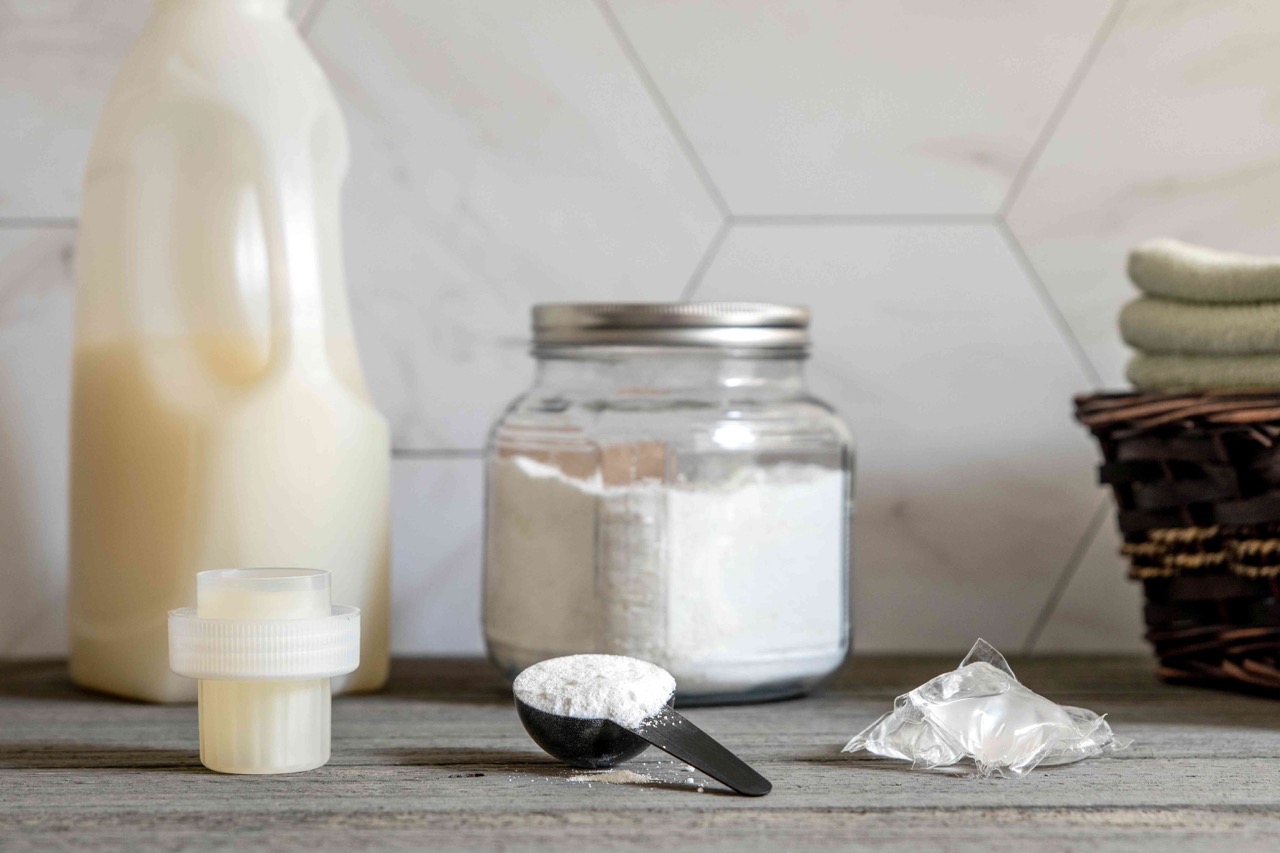
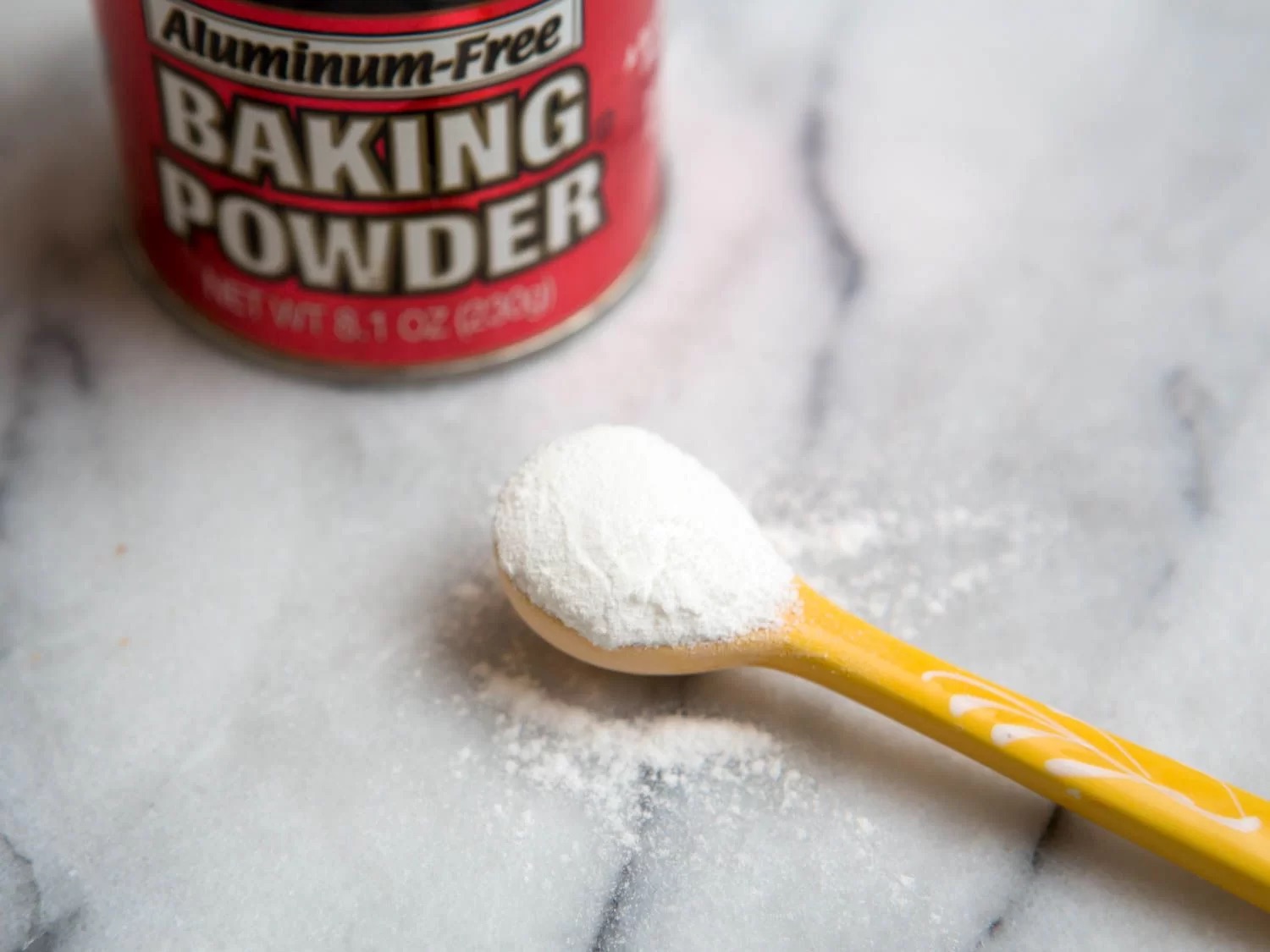
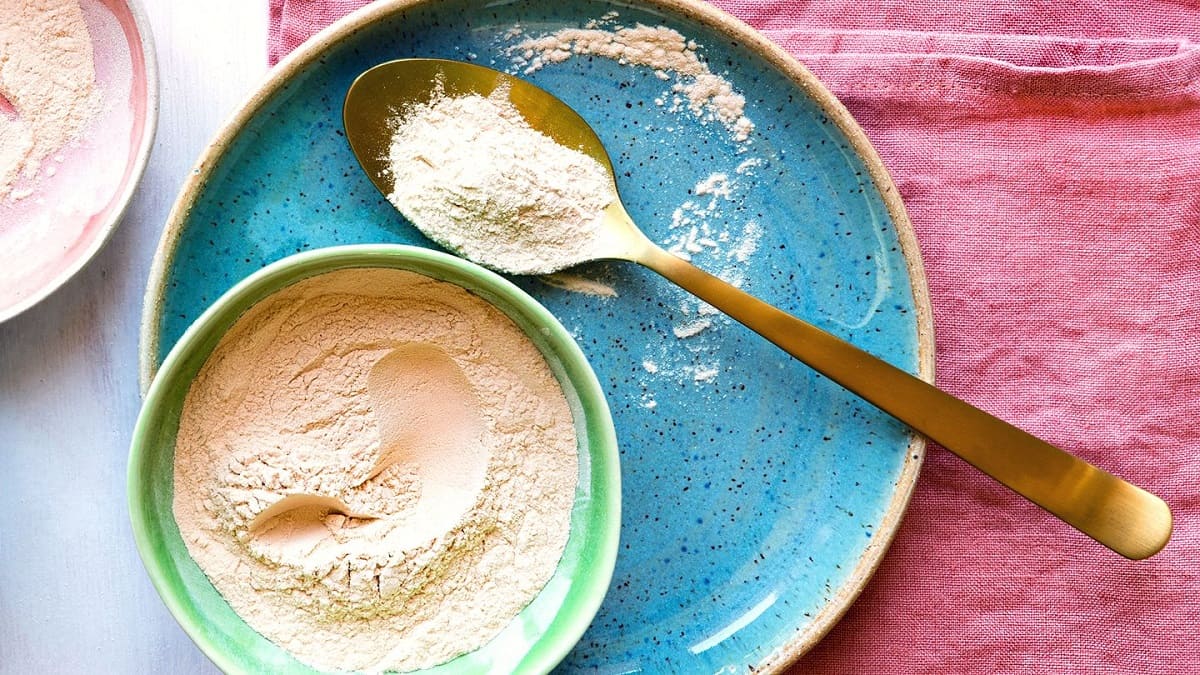

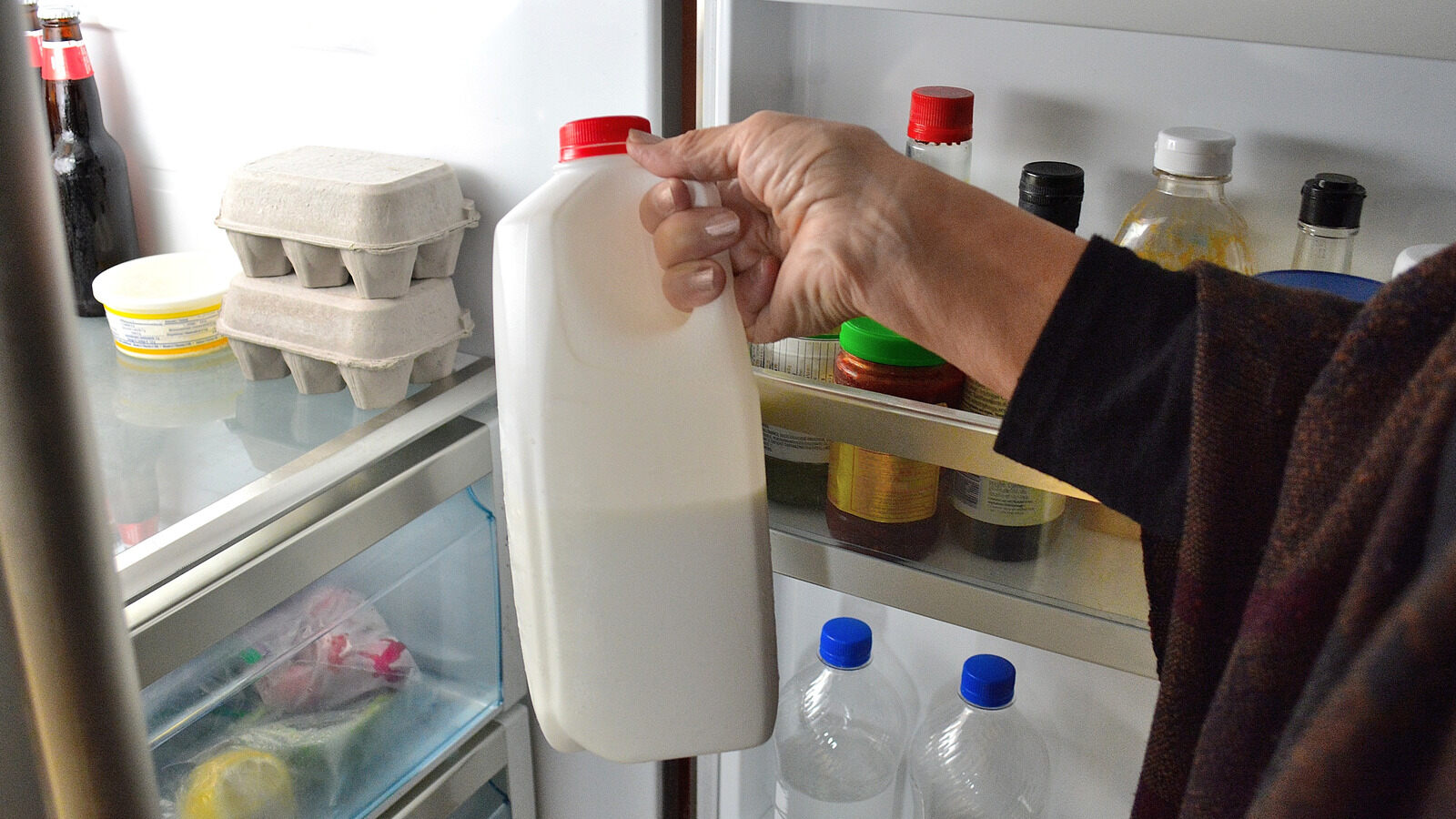
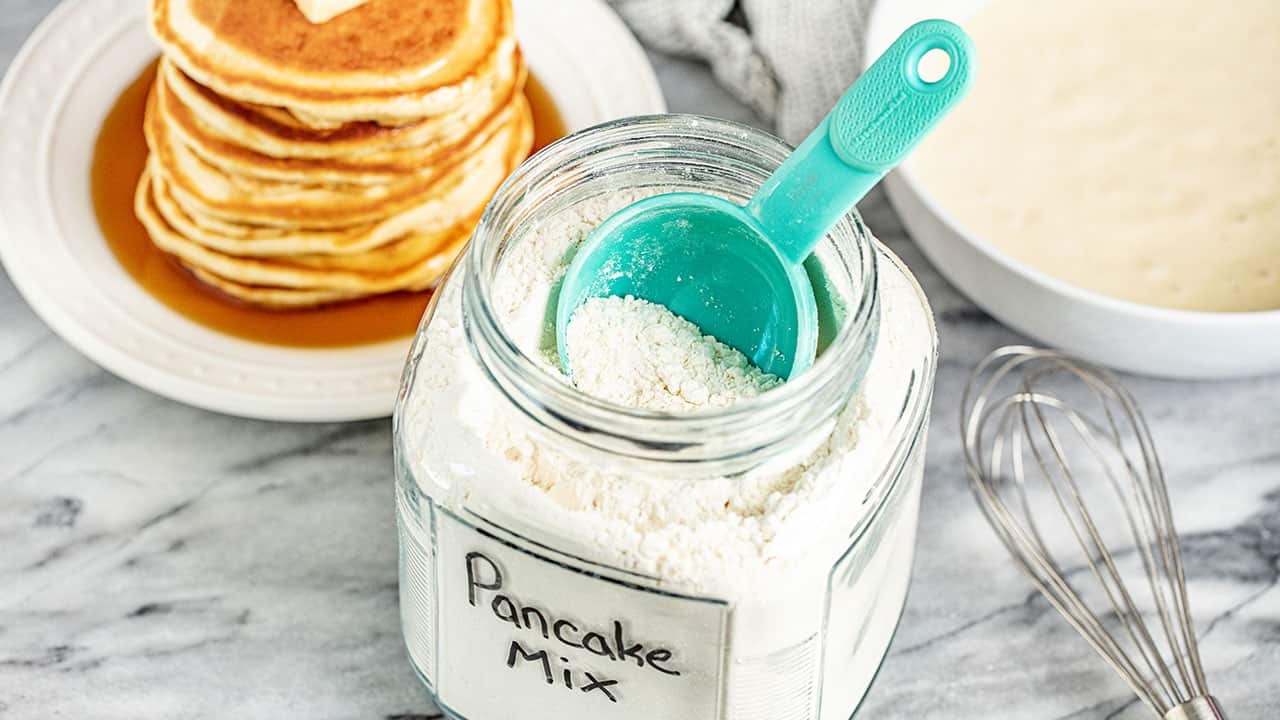
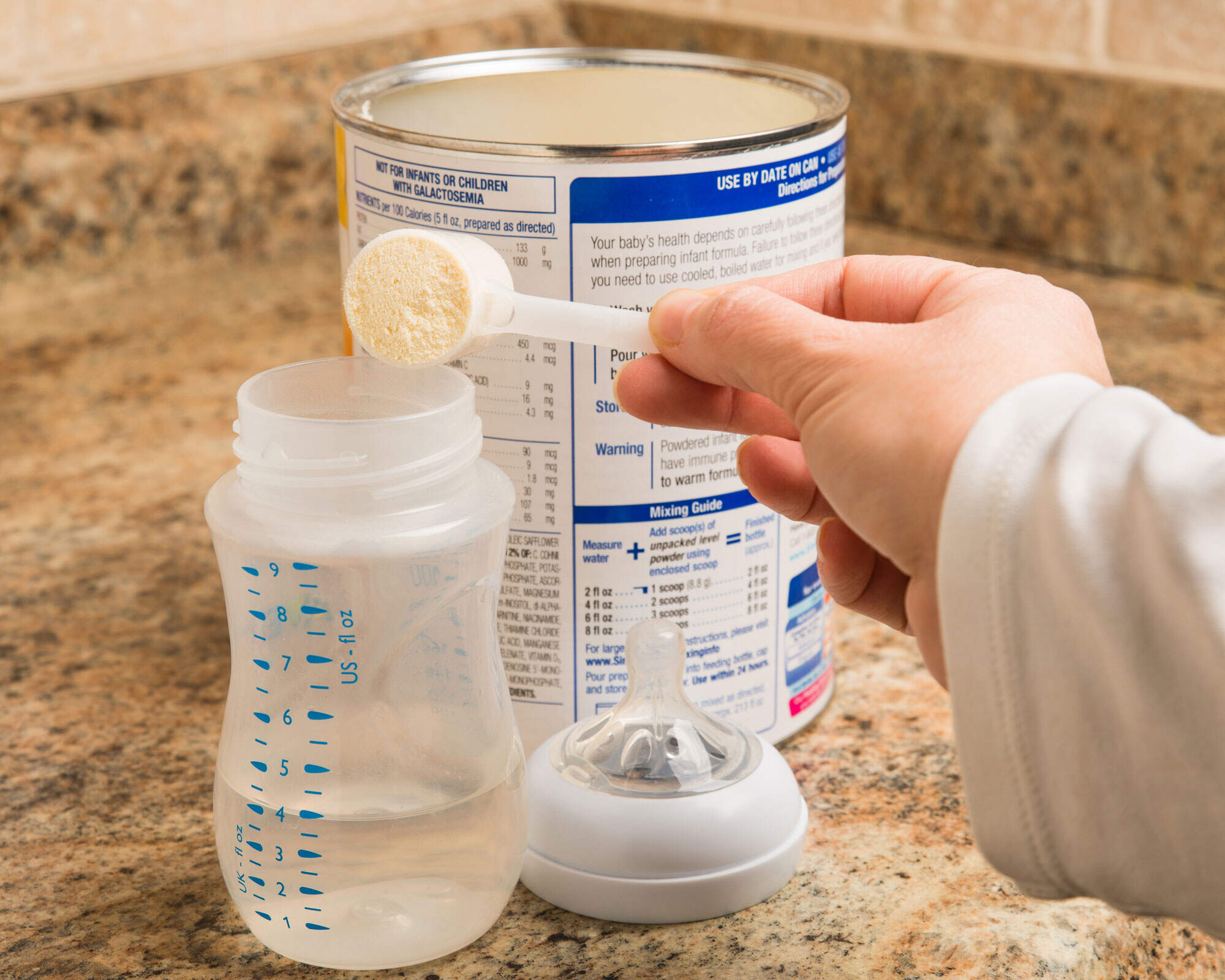
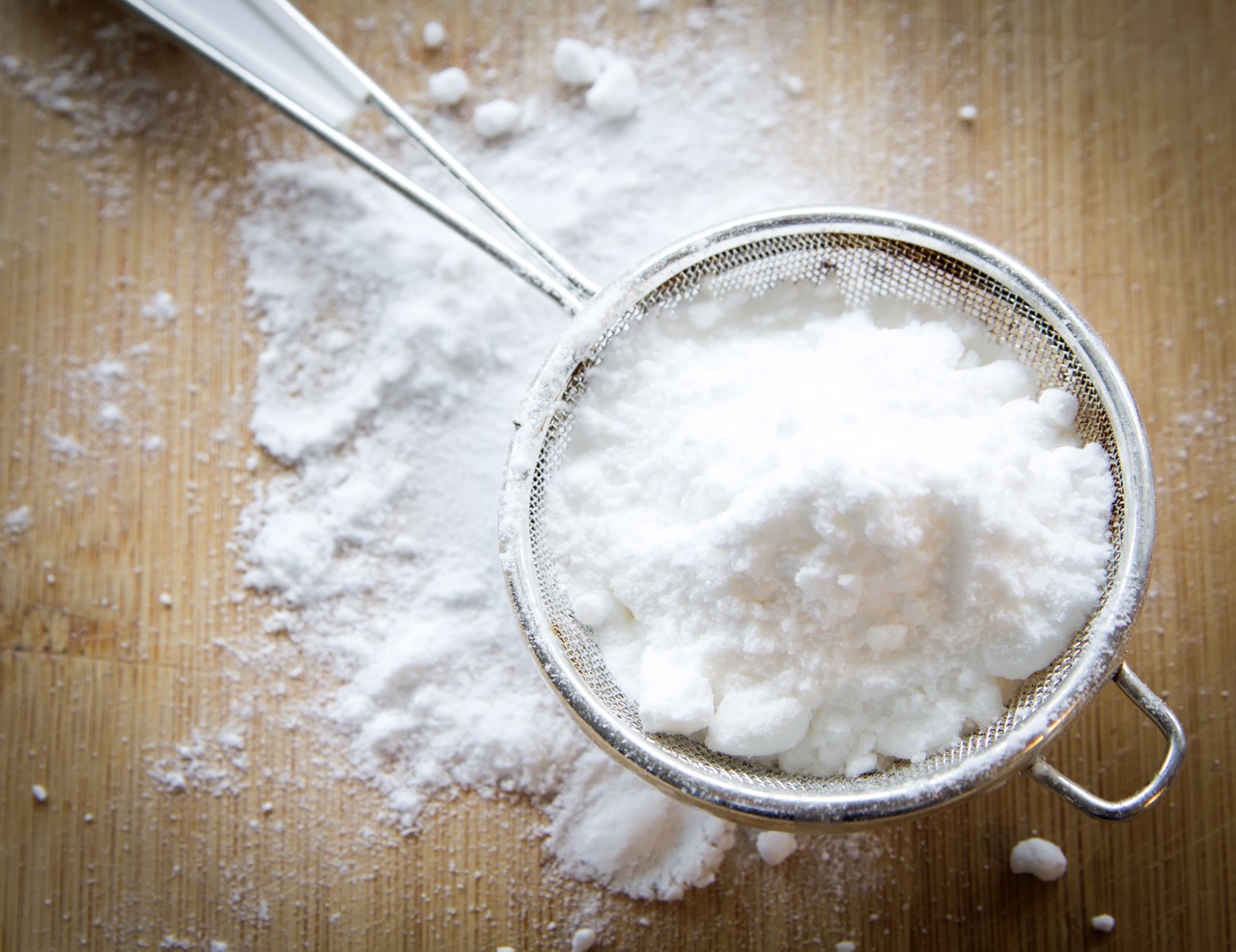
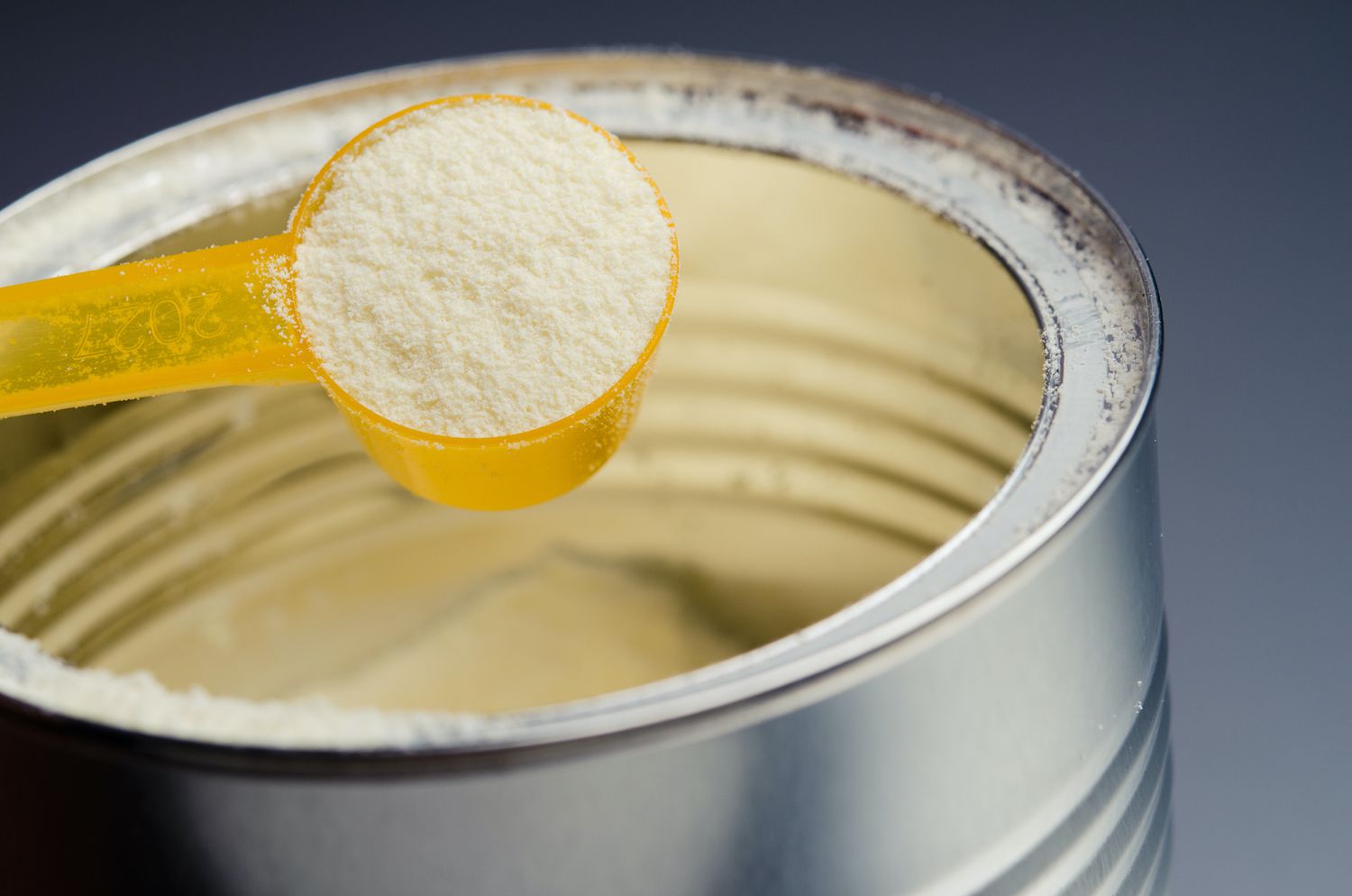
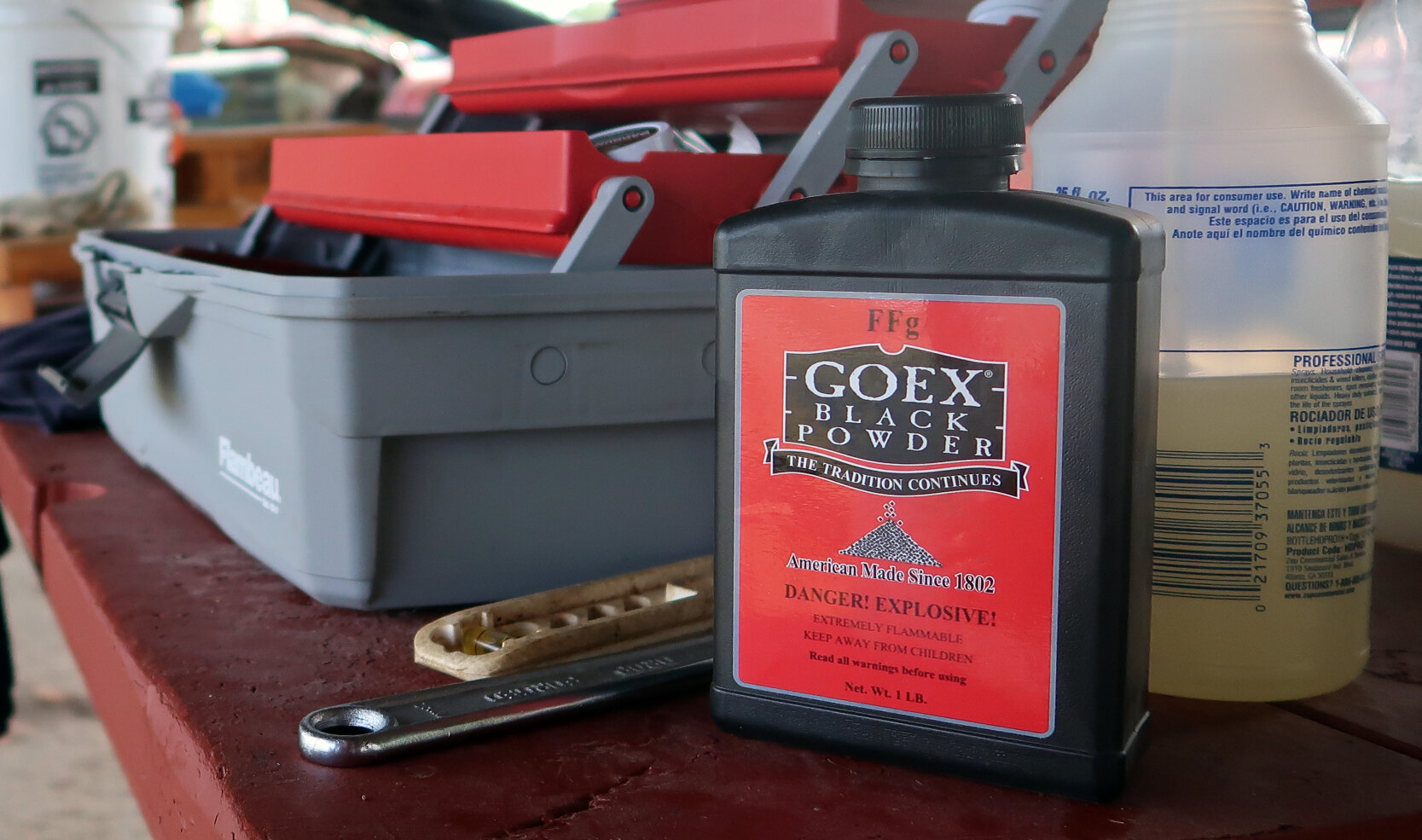
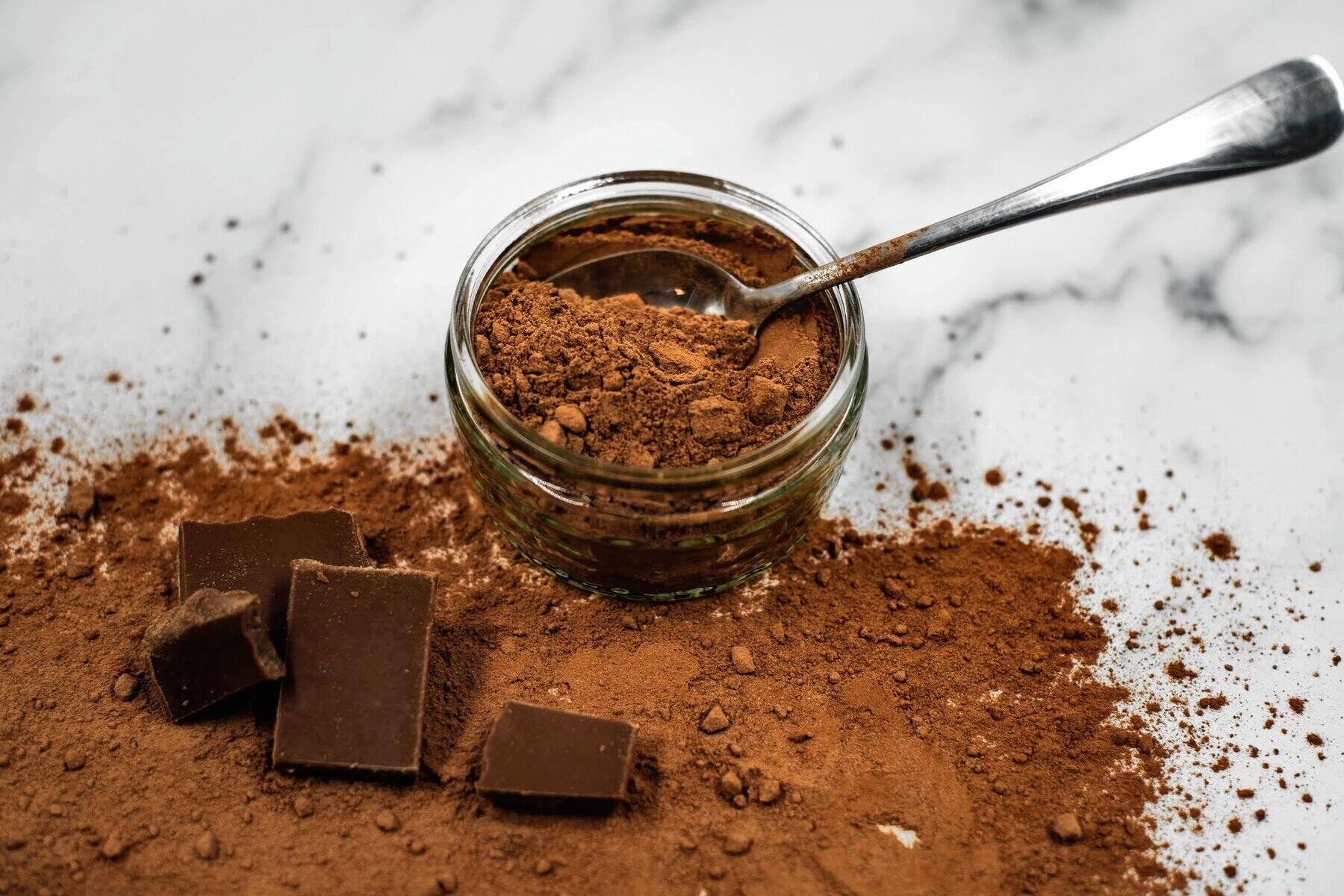
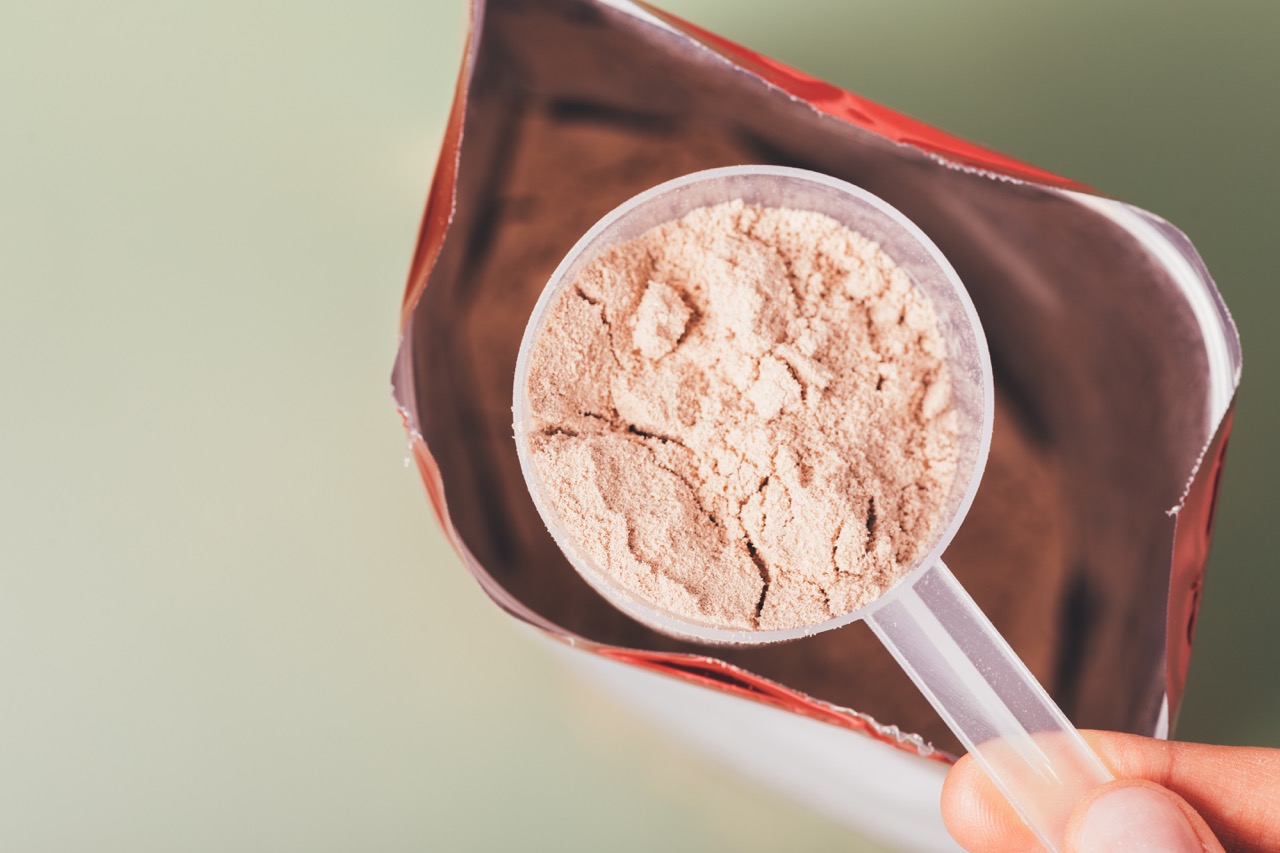
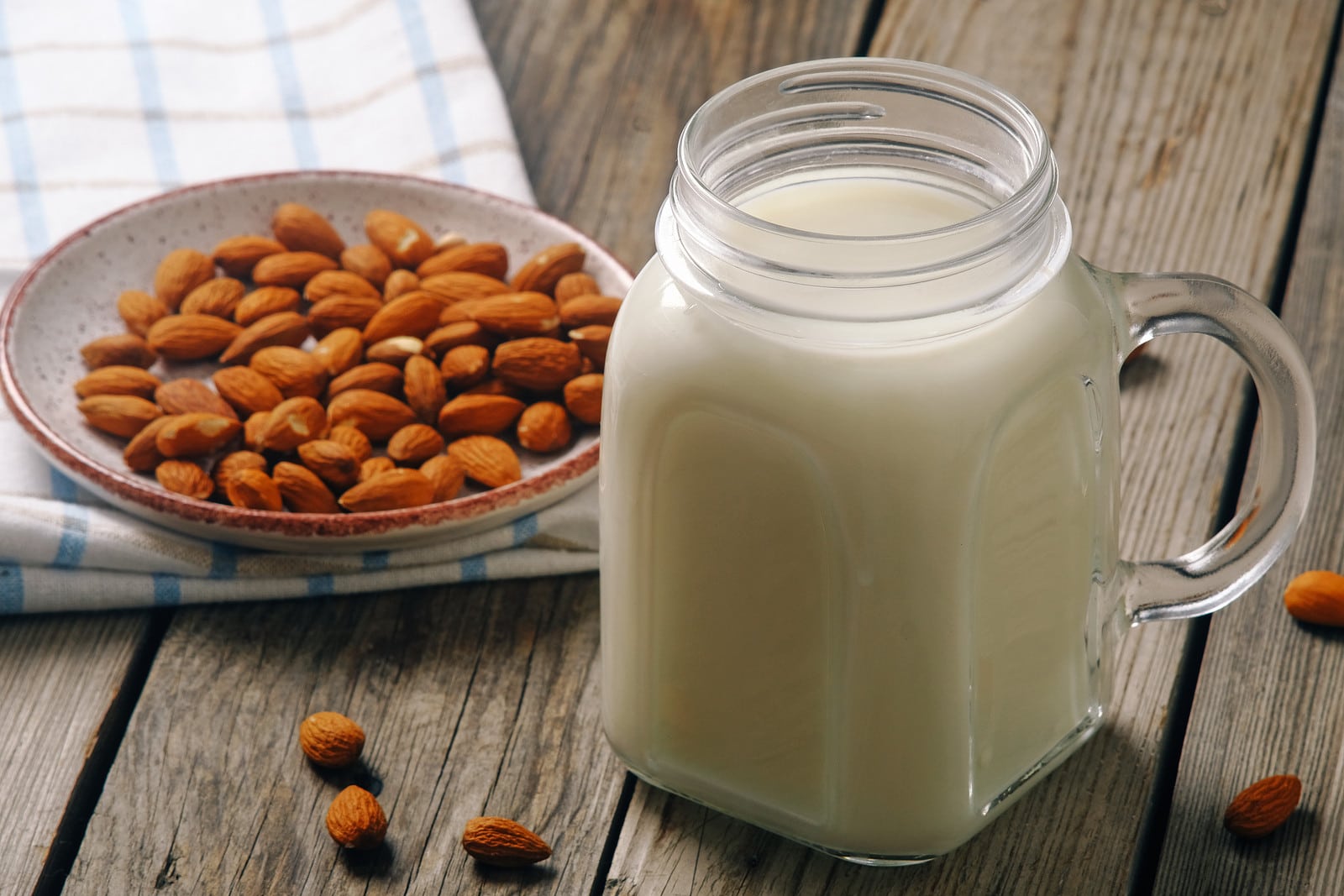

0 thoughts on “How To Store Powdered Milk”